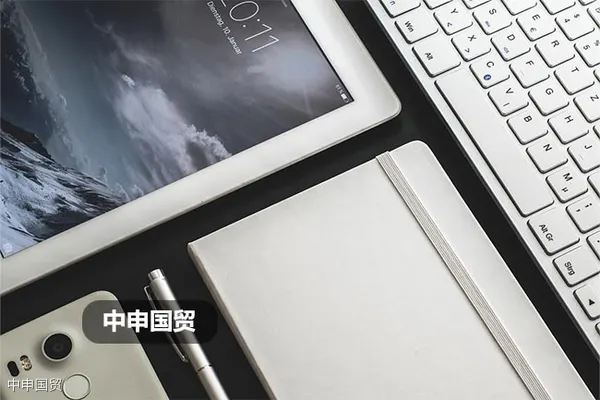- Shanghai Zhongshen International Trade Co., Ltd. - Two decades of trade agency expertise.
- Service Hotline: 139 1787 2118
The EU is one of the largest single markets in the world and an important destination for electrical and electronicEquipment Exportproducts. However, entering the EU market is not an easy task, especially for manufacturers of electrical and electronic equipment. The EU has a series of strict regulations and standards aimed at ensuring that imported electrical and electronic products are not only safe and reliable but also environmentally friendly. These regulations cover the entire process from product design, production to waste disposal, putting forward high requirements for manufacturers and exporters.
Understanding and complying with these regulations not only helps avoid legal risks but also improves product quality, thereby enhancing competitiveness in the EU market. This article will provide a detailed analysis of the EUs regulatory requirements for the export of different types of electronic and electrical equipment (including plugs, sockets, power banks, mobile phone and laptop batteries, and chargers), helping you comprehensively understand how to enter this highly regulated market in compliance.

I. Export Regulations for Plugs and Sockets
a) Compatibility and Standards
In the EU market, plugs and sockets must comply with specific standards. These standards may include IEC 60884 - 1 and the standard deviations of plugs and sockets in various countries (such as VDE 0620 in Germany, NF C 61 - 314 in France, and BS 1363 in the UK).
b) Restriction of Hazardous Substances
According to the 2011/65/EU Directive, the average materials in all electrical and electronic products must meet the limit requirements of relevant restricted substances.
c) Chemical Management
根據(EC) No.1907/2006法規,任何含有超過0.1% SVHC物質的產品都必須履行告知和通報的義務。
II. Power Banks
a) Product Safety
Implemented in accordance with 2001/95/EC (GPSD Directive) and EN 62368 - 1 or EN 60950 - 1 standards.
b) Electromagnetic Compatibility
Must be carried out in accordance with 2014/30/EU (EMC Electromagnetic Compatibility Directive) and relevant EN standards.
c) Regulations for Wireless Devices
If the product has a wireless function, it also needs to comply with 2014/53/EU (RED Wireless Device Directive) and the corresponding ETSI EN standards.
III. Mobile Phone and Laptop Batteries
a) Battery Safety and Compatibility
Carried out in accordance with the 2013/56/EU Battery Directive and EN 62133 - 2 standard.
b) Electromagnetic Compatibility
Must be carried out in accordance with 2014/30/EU (EMC Electromagnetic Compatibility Directive) and EN 55032 and EN 55035 standards.
c) Chemicals and Hazardous Substances Management
The SVHC substances in the product shall not exceed 0.1%, and must comply with a number of relevant regulations such as (EC) No.1907/2006 and (EU) No.2019/1021.
IV. Mobile Phone and Laptop Chargers
a) Electrical Safety
Implemented in accordance with 2014/35/EU (LVD Low Voltage Directive) and EN 62368 - 1 or EN 60950 - 1 standards.
b) Energy Efficiency Requirements
Must meet the relevant requirements of 2009/125/EC (ERP Directive) and EU 2019/1782.
c) Environment and Recycling
All products must meet the relevant requirements of 2012/19/EU (control of waste electrical and electronic products) and 94/62/EC (EU Packaging Directive).
By understanding and complying with these detailed regulations and standards, manufacturers and exporters can not only ensure the quality and safety of their products but also smoothly enter the EU market with great potential.
Related Recommendations
? 2025. All Rights Reserved. 滬ICP備2023007705號-2  PSB Record: Shanghai No.31011502009912
PSB Record: Shanghai No.31011502009912










